North America : Market Leader in Treatment
North America is poised to maintain its leadership in the Persistent Corneal Epithelial Defects Treatment Market, with a market size of $1188.74M in 2025. Key growth drivers include an aging population, increasing prevalence of eye disorders, and advancements in treatment technologies. Regulatory support from agencies like the FDA further catalyzes market expansion, ensuring that innovative therapies reach patients efficiently.
The competitive landscape is robust, featuring major players such as Johnson & Johnson, Alcon, and Bausch Health. The U.S. stands out as the leading country, driven by high healthcare expenditure and a strong focus on research and development. The presence of established companies fosters innovation, while collaborations and partnerships enhance market dynamics, ensuring a steady supply of effective treatment options.
Europe : Emerging Market with Growth Potential
Europe's Persistent Corneal Epithelial Defects Treatment Market is valued at $711.69M in 2025, reflecting a growing demand for innovative therapies. Factors such as increasing awareness of eye health, supportive healthcare policies, and a rise in ophthalmic disorders are driving market growth. The European Medicines Agency (EMA) plays a crucial role in regulating and approving new treatments, ensuring safety and efficacy for patients across the region.
Leading countries include Germany, France, and the UK, where healthcare systems are increasingly adopting advanced treatment modalities. The competitive landscape features key players like Novartis and Santen Pharmaceutical, which are actively investing in R&D to enhance their product offerings. The presence of a well-established healthcare infrastructure further supports market growth, making Europe a significant player in the global landscape.
Asia-Pacific : Rapidly Growing Market Segment
The Asia-Pacific region is emerging as a significant player in the Persistent Corneal Epithelial Defects Treatment Market, with a market size of $396.74M in 2025. Key growth drivers include rising disposable incomes, increasing awareness of eye health, and a growing elderly population. Regulatory bodies in countries like Japan and Australia are enhancing their frameworks to support the introduction of new therapies, thereby boosting market potential.
Countries such as Japan, China, and India are leading the charge, with a mix of local and international players vying for market share. Companies like Ocular Therapeutix and Aerie Pharmaceuticals are expanding their presence, focusing on innovative solutions tailored to regional needs. The competitive landscape is characterized by strategic partnerships and collaborations aimed at enhancing treatment accessibility and effectiveness across diverse populations.
Middle East and Africa : Untapped Market with Opportunities
The Middle East and Africa (MEA) region, with a market size of $77.31M in 2025, presents untapped opportunities in the Persistent Corneal Epithelial Defects Treatment Market. Factors such as increasing healthcare investments, rising awareness of eye health, and a growing prevalence of eye disorders are driving market growth. Regulatory bodies are beginning to establish frameworks to facilitate the introduction of innovative treatments, which is crucial for market expansion.
Leading countries in the MEA region include South Africa and the UAE, where healthcare systems are evolving to meet the needs of patients. The competitive landscape is still developing, with a few key players like Eyevance Pharmaceuticals making strides in the market. As healthcare infrastructure improves, the region is expected to attract more investments, paving the way for enhanced treatment options and accessibility for patients.


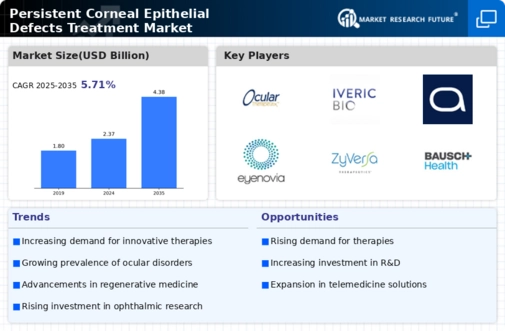
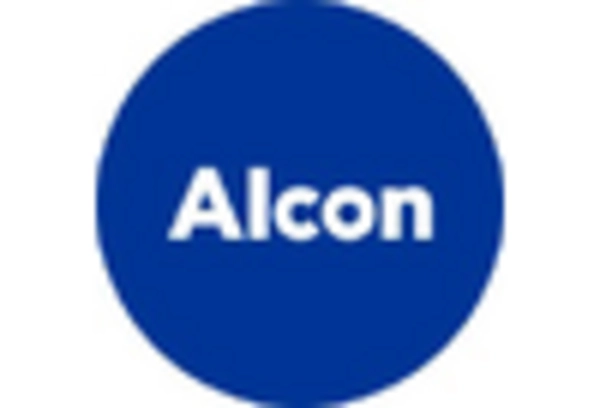
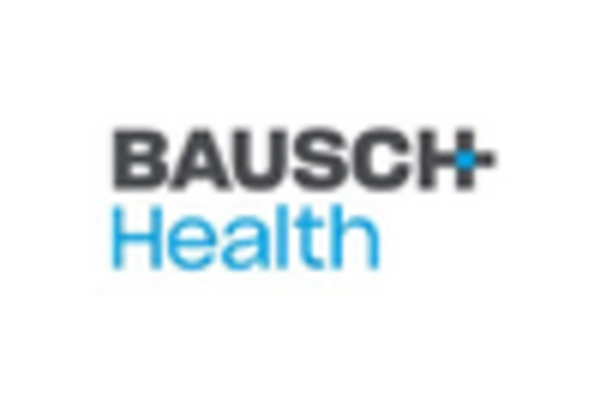


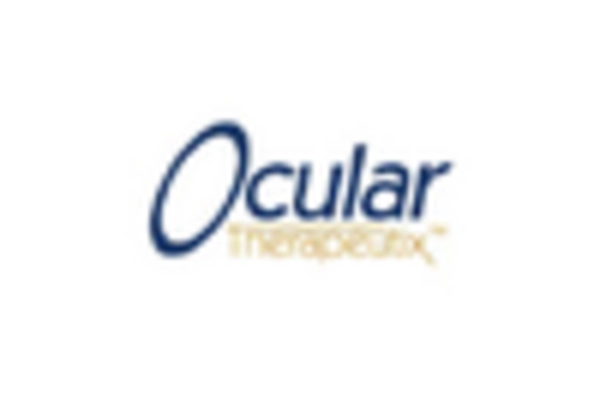
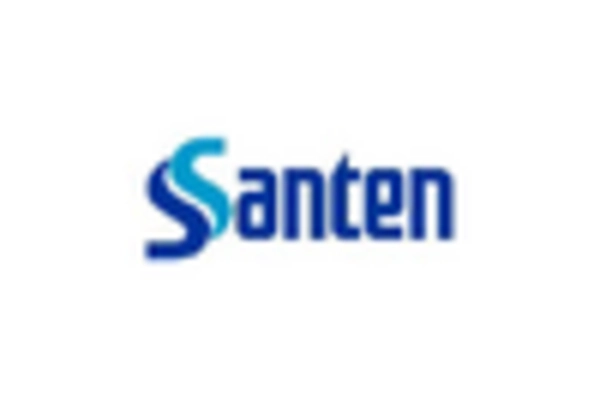








Leave a Comment